The silhouette is familiar. With weaves of carbon fiber covering almost every external surface, the Porsche 935/19 cuts an unmistakable shape. Like a black hole, it absorbs light and emits it judiciously.
No chrome bits compete for attention. The car has presence. It has a sense of occasion. It is unlike any other modern-day Porsche 911 variant, but wears its roots proudly.
The Origins of the Porsche 935/19
The 935/19 was introduced in September 2018 at the Rennsport Reunion at Laguna Seca Raceway under the California sunshine. “Project Flatnose” had been a closely kept secret, even to most within Porsche. The long-tail racer adorned in classic Martini colors was a stunner. No enthusiast needed to see a badge on the nose to identify it as a Porsche.
Porsche Motorsport created the car as a gift to its enthusiast community in honor of the marque’s 70th birthday. The purist project had no requirement to meet road regulations or race series rulebooks.
Instead, a design team led by the talented and experienced Grant Larson was granted freedom to create a track-day special. Those designers were embedded with the Porsche Motorsport team to ensure close alignment between design and engineering.
Overview of the Porsche 935/19
The 935/19 straddles the Porsche family tree branches between road and race. The project recalls an era of automotive manufacturing when wealthy clients purchased a base car and relied on a coachbuilder to drape it in dramatic bodywork.
A Porsche 911GT2 RS Clubsport lurks beneath the 935/19, a starting point that already stretches the limits of the 911 platform. The identical mechanical underpinnings give 935/19 owners a proven twin-turbo 3.8 liter flat six-cylinder engine and its 700 horsepower.
Production was capped at 77 units—all were sold and delivered to their new owners. The premium for exclusivity? More than USD$300,000 above a standard GT2 RS Clubsport—which itself is a significant premium above a “regular” non-clubsport GT2 RS.
Porsche preliminarily quoted prospective buyers for the 935/19 a price of €701,948 (USD$785,998) before tax with delivery in Germany. These numbers did not include options or added costs (which drove the price higher), such as a heritage livery wrap, an extra passenger seat, drink bottle system, radio, extra spares, and shipping. Porsche also hosted an optional event in Portugal at the Portimão Circuit to introduce owners to their new cars.
Inspiration for the Porsche 935/19
Why base a modern track-day special on the mighty 935 that roamed race tracks four decades earlier? The racing 935 earned its place in motorsport record books and Porsche lore in the late 1970s and early 1980s.
Unlike the Porsche 934 which retained a tenuous link to the showroom 911 turbo, the 935 exploited the FIA Group 5 racing rulebook and became its own beast. The rulebook was fertile ground for Norbert Signer and the Porsche racing team. Chiefly it required that cars maintain the silhouette of its base production model, effectively keeping the doors and windows and leaving everything else open.
Works Porsche 935 cars emerged in 1976 and were developed through wind tunnel time, turbo tinkering, weight reductions, brake development, and competition testing. At the time, cars like the BMW CSL were making the most of turbo power, and Porsche wouldn’t have that.
The 935 became known for its fire-breathing twin turbo flat six-cylinder engine. The turbo power was not immediate. Drivers adapted their technique to manage the pause between “foot to the floor” and “hurtling toward the horizon”—also known as turbo lag.
The most distinctive feature of the 935 was Herr Singer’s famous slant nose. Initially, the 935 had a more traditional 911 headlight placement, but the “flachbau” (flat nose) removed the headlamps and reprofiled the nose.
Front-engine competitors couldn’t follow-suit. Streamlined bodywork was a game changer as a matter of engineering merits, but also as a matter of Porsche styling. An enormous rear wing and boxy (rather than rounded) rear wheel arches completed the distinctive 935 look.
Porsche 935 Variants: Kremer, Joest, & Others
Porsche entrusted works entries of the 935/76 to the hands of pilots Jürgen Barth, Jochen Mass and Jacky Ickx. Close customer Kremer ran a slightly modified version of the 935 that it dubbed the K1. In 1977, the 935 expanded its global footprint. To distinguish them, works cars were known as 935/77 while cars sold to private customers were known as 935/77A.
Demand for factory 935 racers exceeded supply. Kremer filled the gap with their own run of adaptations, and over time, Kremer cars shared fewer and fewer common parts with the “original” 935. Among numerous successes, the Kremer K3 claimed top honors at the 1979 24 Hours of LeMans.
Herr Singer and team continued the aerodynamic revolution, weaving their way through slivers of possibility tucked in the dark corners of racing regulations. The 935/78 emerged as the next generation. It was lower, longer and wider than its predecessor.
Everything was optimized for high-speed running at LeMans. The visual hallmarks of a long, sloping nose and enormous extended tail that encased the engine made for a distinctive shape. The only example ever built came out of the Weissach workshop in bare white and earned the “Moby Dick” nickname, a nod to the white whale in the novel of the same name.
The white whale had a short career of four races but made an impression. The 935/78 belongs in a class of bespoke built-for-purpose Porsche race cars such as the 909 Bergspyder, 917 “Pink Pig,” 953, and 961. For a more extensive overview of the 935/78, read Glen Smale’s previous profile of Moby Dick for Porsche Road and Race. Customers such as Joest Racing mimicked the design and made their own versions.
Elsewhere, the 935 spawned variants in customer hands. Designer Lee Dykstra and builder Dave Klym famously stretched the laws of aerodynamics with a succession of cars built by Fabcar. With no real cost constraints, they left the original 911 and 935 designs far behind in their rear-view mirrors.
While the 935/78 “Moby Dick” wasn’t the most successful 935 variant in terms of competition success, its extreme styling makes it the apex of factory 935 development. With freedom of design, basing the modern-day 935/19 design on the 935/78 seems appropriate.
Porsche 935/19 Design
Design details are everywhere on the 935/19. Some are obvious and taken directly from the 935/78, such as the sloping nose, carbon fiber aero covers on each of the wheels, elongated rear profile and large rear wing.
Other details are more subtle. For example, a peek deep underneath the rear bodywork shows a hint of the 911 starting point in the form of bodywork and brake lights.
The 935/19 incorporates racing references beyond Moby Dick. Vertical LED lights in each wing endplate are inspired by the 919 LeMans race car. The LED lights glow red as tail lights and flash orange as turn signals. Carbon fiber side mirrors mounted on both doors come directly from the racing 911 RSR.
The Porsche 908/3 inspired the pair of hand-built titanium exhaust pipes. The “cookie cutter” shapes originally kept the exhaust pipes from deforming on the 908/3. An aggressive carbon fiber rear diffuser surrounds the exhaust pipes.
The carbon fiber doors are impossibly light and stripped to the minimum. The windows are fixed so there is no need for a mechanism to raise or lower them. A simple power mirror adjustment button is the only way to adjust the mirror with a window that doesn’t roll down.
Inside the Porsche 935/19
The driver inhabits the cockpit with a single Recaro racing seat, roll cage, and a digital gauge cluster borrowed from the 911 GT3R. The removable carbon fiber steering wheel comes from the 911 GT3R parts catalog and is chopped across the top for a better sight line to the digital display.
Paddles behind the wheel change gears. If shifting by ear isn’t enough, shift lights above the instrument cluster remind the driver to pull a paddle for an upshift. A hatch panel in the roof can be removed if needed to extract the driver after an accident—a safety feature taken directly from motorsport.
A variety of buttons and dials permits the driver to customize their experience. Brake bias adjusts to the front and rear. The intensity of the anti-lock braking system spans a dozen settings, including turning it off altogether.
Traction control can disappear with a single switch. Air conditioning is a concession to comfort. The shifter is trimmed in wood—a nod to Porsche 917 racing heritage.
The passenger side of the cockpit comes with no seat. The owner could order an optional passenger seat, but guests compete for footwell space with the battery and fire suppression system. A dashboard plate facing a theoretical passenger shows the production number out of the total 77 unit run, along with a 935 side profile silhouette outline.
Porsche 935/19 Wheels
Two sets of wheels come standard with the 935/19. One set is for transport only, indicated by the bright red “TRANSPORT” lettering on the tires.
Transport wheels have centerlock nuts with tie-down rings. The second set of wheels for running include red and blue centerlock nuts just like the factory race cars.
Red centerlock nuts on the driver side are right hand threads. Blue centerlock nuts on the passenger side are left hand threads. Both tighten by twisting toward the rear and loosen by twisting to the front. Under acceleration, the nuts are less likely to come loose.
Porsche 935/19 Wraps
In addition to the Martini livery of the launch car, seven other wraps with famous liveries were available as factory options. Fans could pick the baby blue and orange from the Weyer-Gulf Oil days or the red with yellow accent scheme made famous by Gianpiero Moretti.
White Sachs livery with blue accents, Team Kremer Valliant green, and red with white from the 1970 Salzburg Porsche 917 LeMans winner were options as well. Fans of black race cars could choose between a black Interscope livery and black and gold John Player Special colors.
Many buyers skipped the wrap,and it’s not difficult to see why. The black carbon fiber patterns add life to the 935/19 shape. They reflect light and highlight curves sketched by Larson and his design team.
The raw carbon fiber enhances and complements the design. The matte finish and square block pattern on the doors contrast with the glossy zig zag pattern on the majority of other body panels.
Reception of the Porsche 935/19
Prospective buyers applied for build slots. Many were not only long-standing Porsche customers but were Porsche Motorsport customers in particular.
James Sofronas and the team at Global Motorsports Group have probably supported and serviced more 935/19 examples than anyone else in the US. GMG benefits from its proximity to owners in Southern California, Porsche Motorsport North America’s base in Carson, and the Thermal Club racetrack near Palm Springs.
Sofronas not only has experience with the 935/19, he has seat time at the wheel of the 911GT2 RS Clubsport and 911 GT3 R (and a wide range of other high-performance machinery).
Sofronas recalls chasing a 935/19 at his first visit to Spa Francorchamps in July 2019. A pair of 30-minute exhibition races in support of the 24 Hours of Spa put the spotlight on Porsche. A field of thirteen 911 GT2 RS Clubsports and two 935/19 cars comprised the field.
In his own words, “the 935/19 had more front tire, more front downforce, and better aero—it was probably a second and a half to two seconds a lap faster than the GT2 RS Clubsport.” Unsurprisingly, a 935/19 won both races.
Since delivery, a few have changed hands in private sales. RM Sotheby’s sold a zero mile 935/19 in June 2020. The second car of the production run was wrapped in Martini livery and brought €1.32 million (just below USD$1.5 million).
Low volume, bespoke design and Porsche Motorsport genes have made the 935/19 compelling for collectors. With the gradual move towards hybrid power and next generation designs underway, the 935/19 may be an homage to the internal combustion engine as well.
The Future of the Porsche 935/19
Many 935/19 cars are destined for life as garage jewelry or concours entries, showpieces from an interesting design exercise. Sofronas reckons that the 935/19 will become mostly a collector car for those who gather unique cars.
Some enterprising owners will log track miles, but the 935/19 is not a pure race car like the 911 GT3 R. What makes it special likely will condemn it to a life of display rather than driving. The carbon fiber orphan doesn’t have a natural home.
The 935/19 retains just enough road-car roots to preclude it from being a pure race car. It can’t be legally driven on the road. While spare parts are likely to be available from the Porsche Motorsports catalog, the price tag threatens to inflict a heavy repair bill on owners who encounter misfortune during track day duty.
One prominent exception is the Road Scholars team and Ingram family. Jeff Zwart took their tribute 935/19 up the mountain at the 2020 Pikes Peak hill climb. Zwart finished fifth overall and second in class (somewhat ironically behind a 911GT2 RS Clubsport), and added another chapter to Porsche’s Pikes Peak history.
The 935/19 exercise wasn’t limited to a single example for a car show. It wasn’t a design exercise, or a concept car to grab media eyeballs. It allowed Porsche Motorsport and designers the opportunity to flex their creative muscles.
It marked Porsche’s 70th anniversary. It gave dedicated customers something unique and special for their collections. It wrote another chapter in Porsche’s history at Pikes Peak. It provided an opportunity to recall the 935 and introduce its history to an audience that wasn’t trackside for its glory days.
From a commercial point of view, it also helped to bolster Porsche Motorsports financial position and fund future development. Not a bad legacy for an orphan.
Thanks to Oxotic of Fresno Supercar Driving Experience, Porsche Santa Clarita, and James Sofronas and Global Motorsports Group for their assistance.
Porsche 935/19 Bonus Gallery


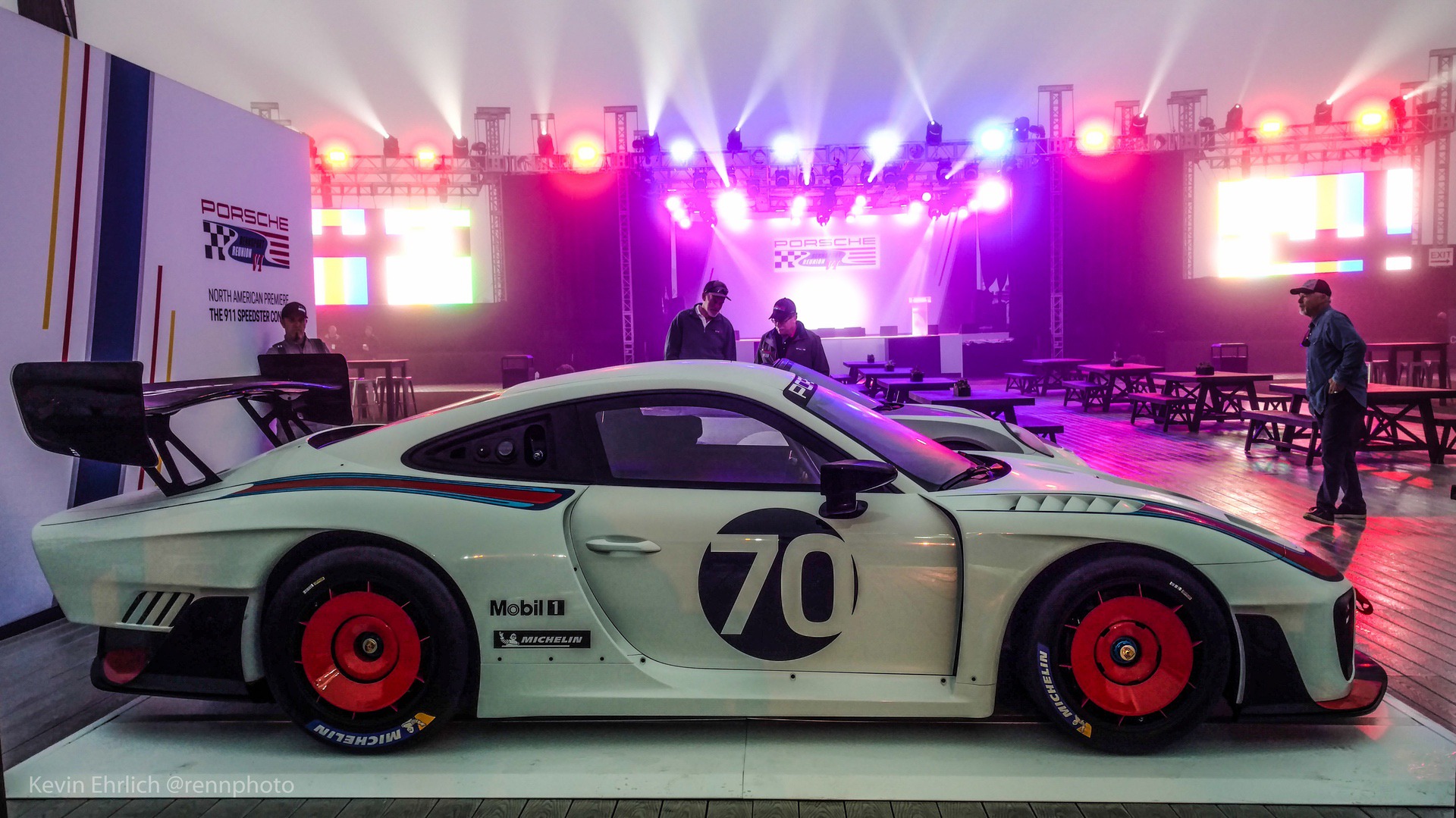
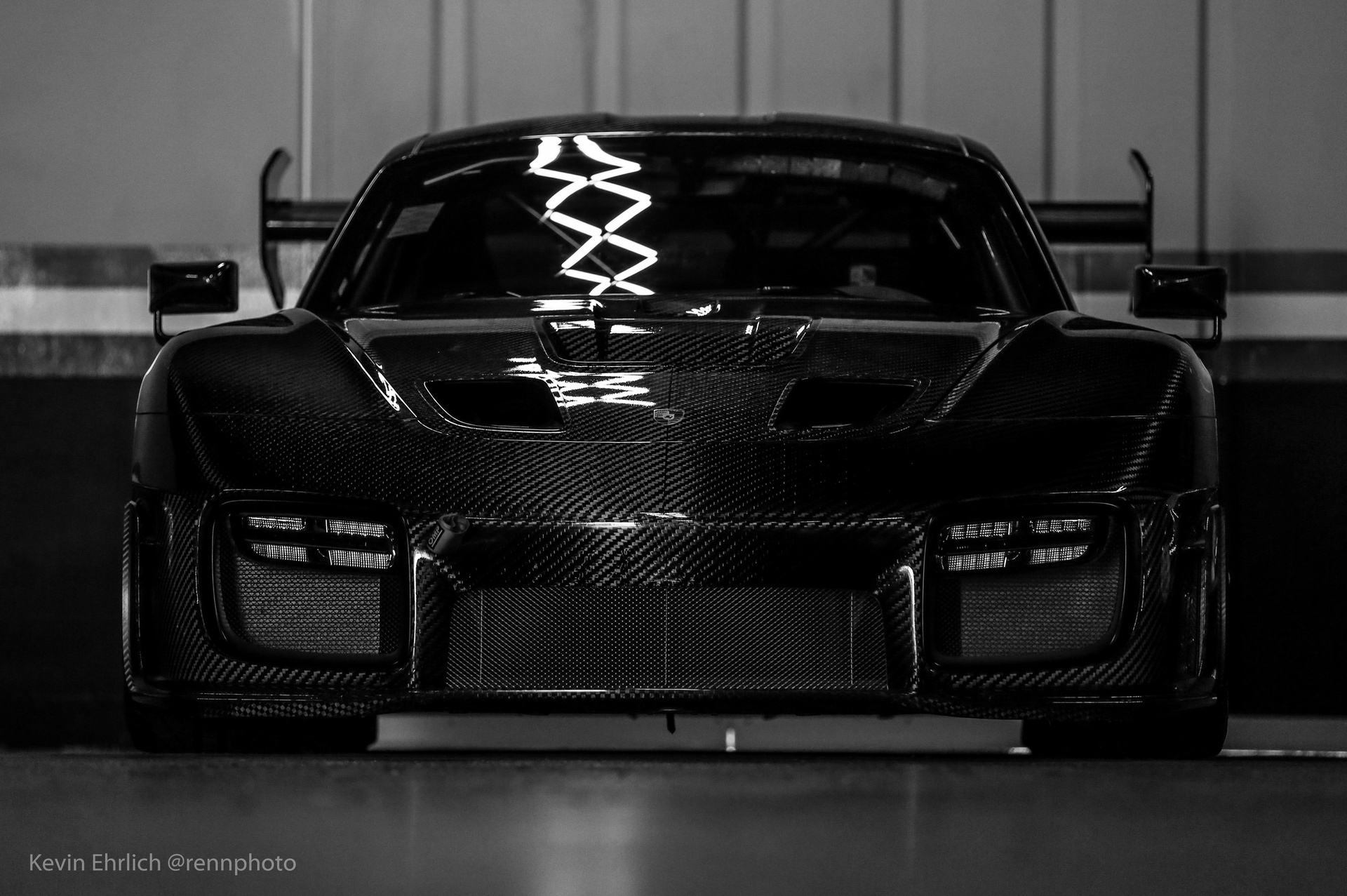

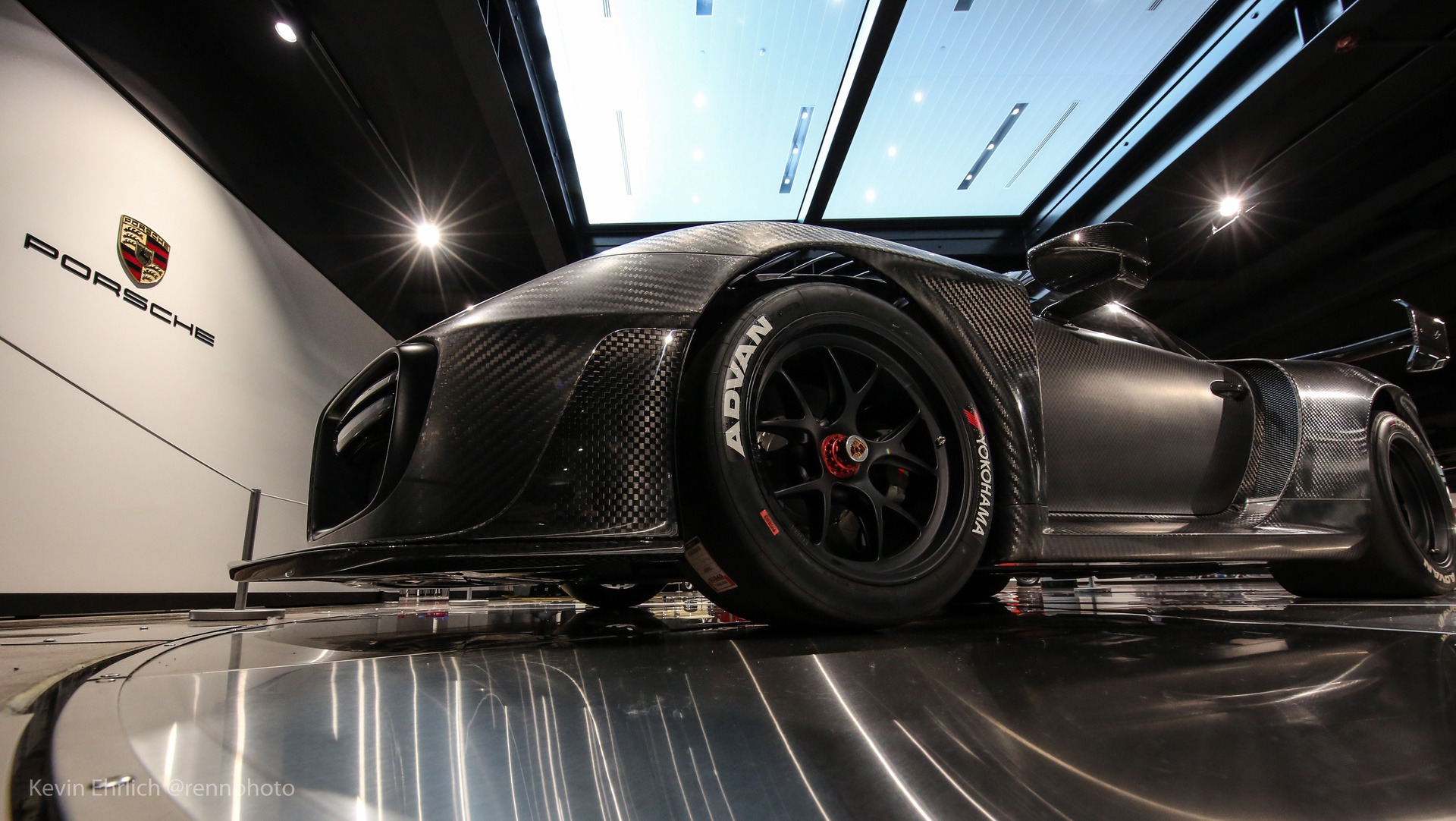
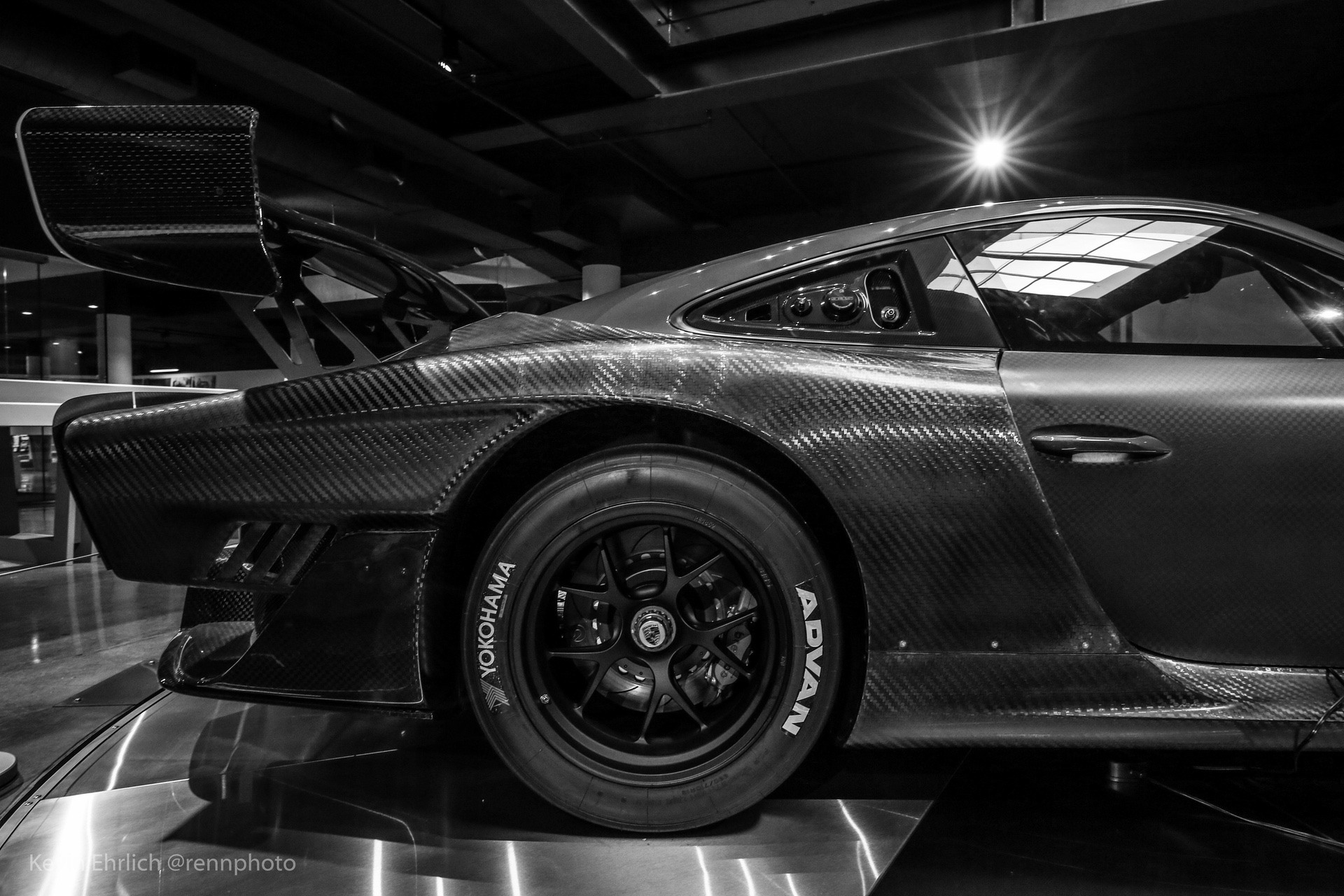
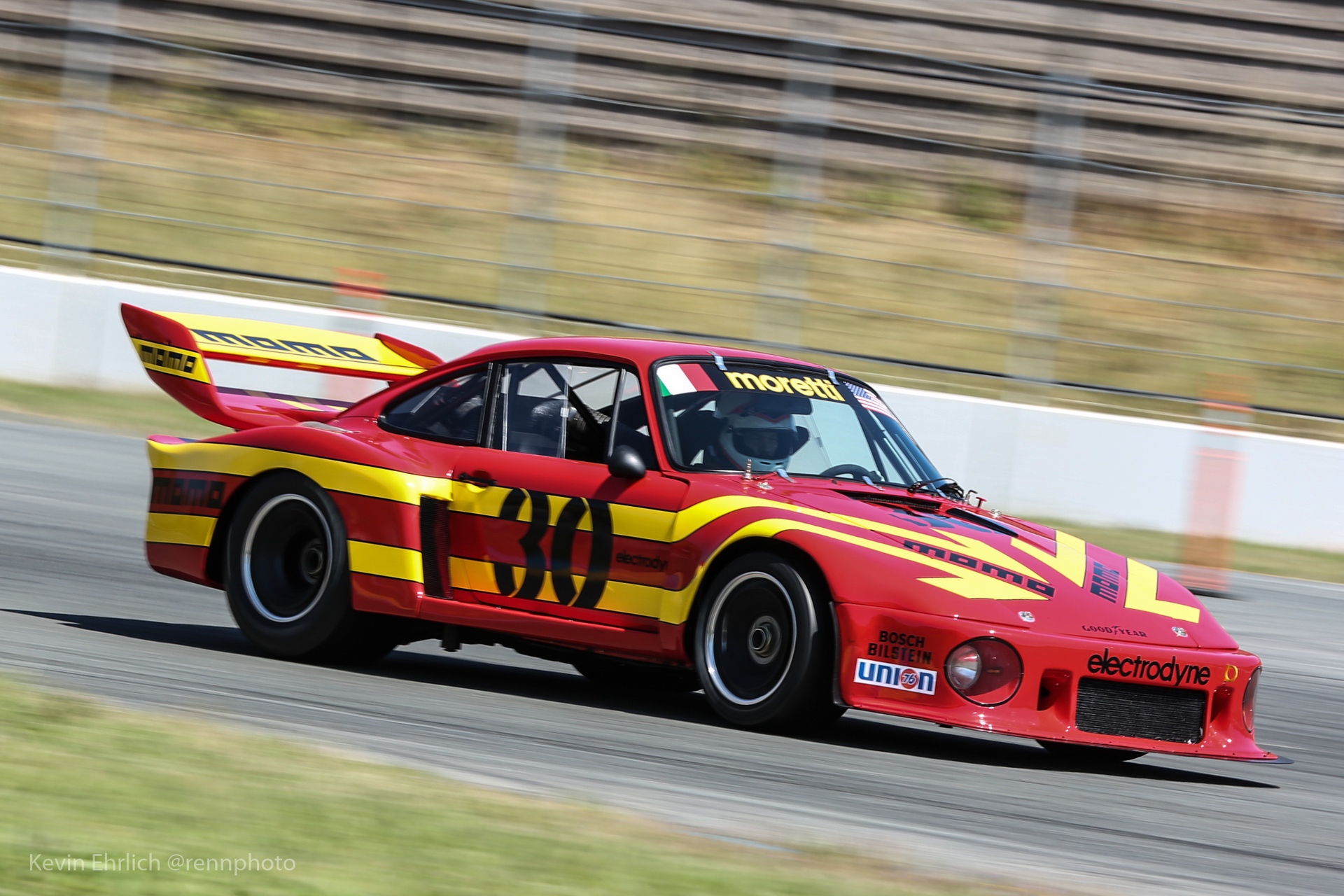
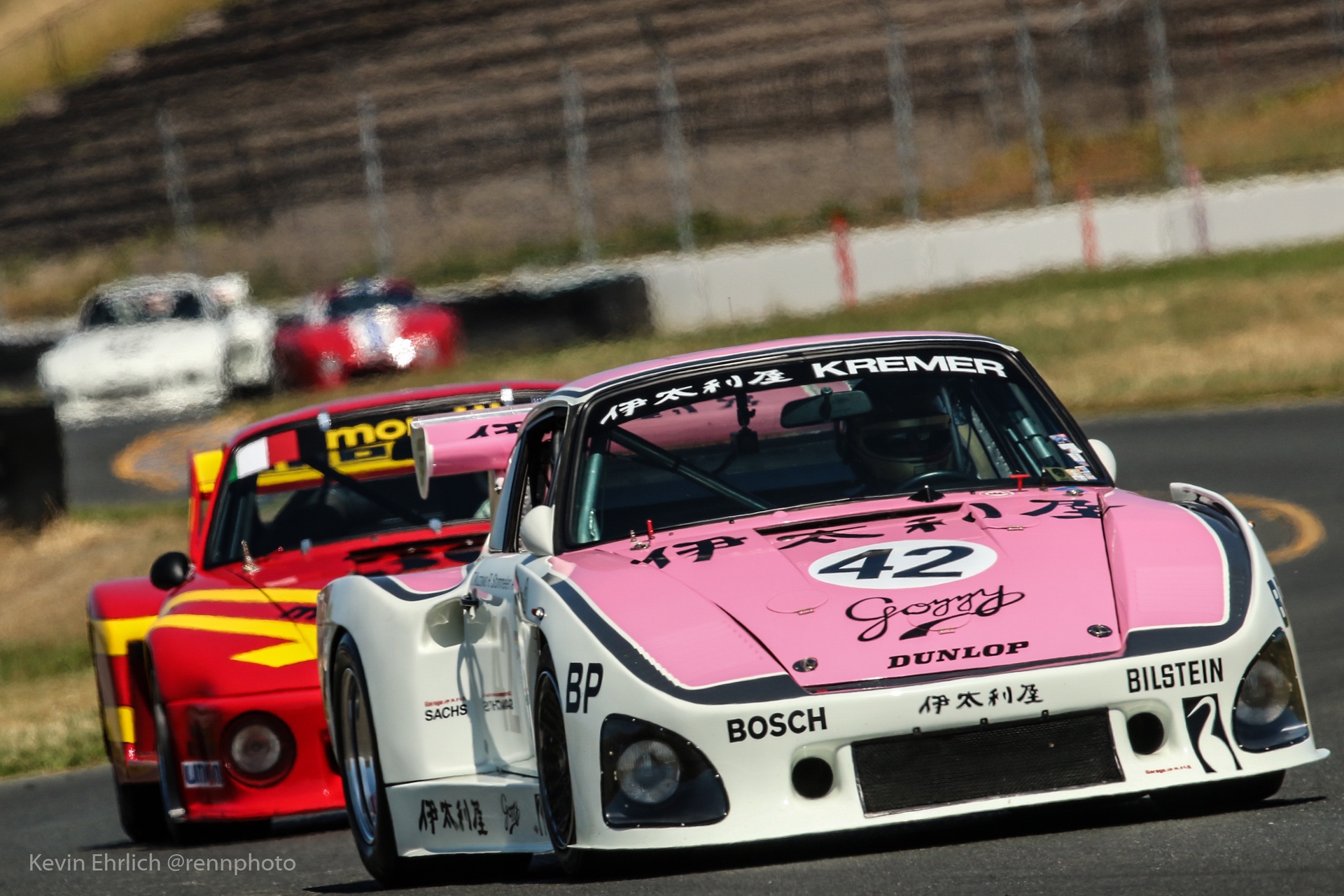
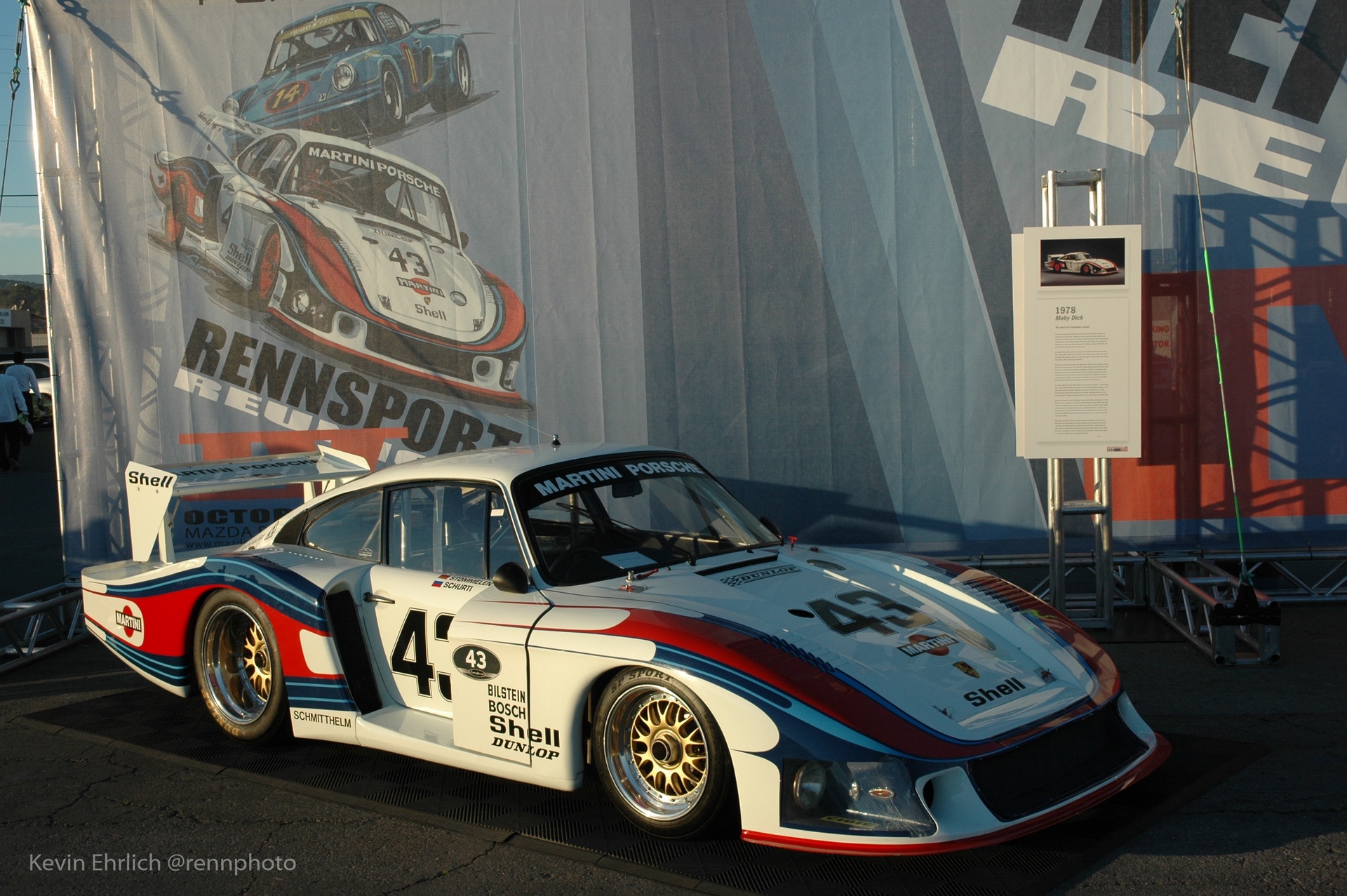
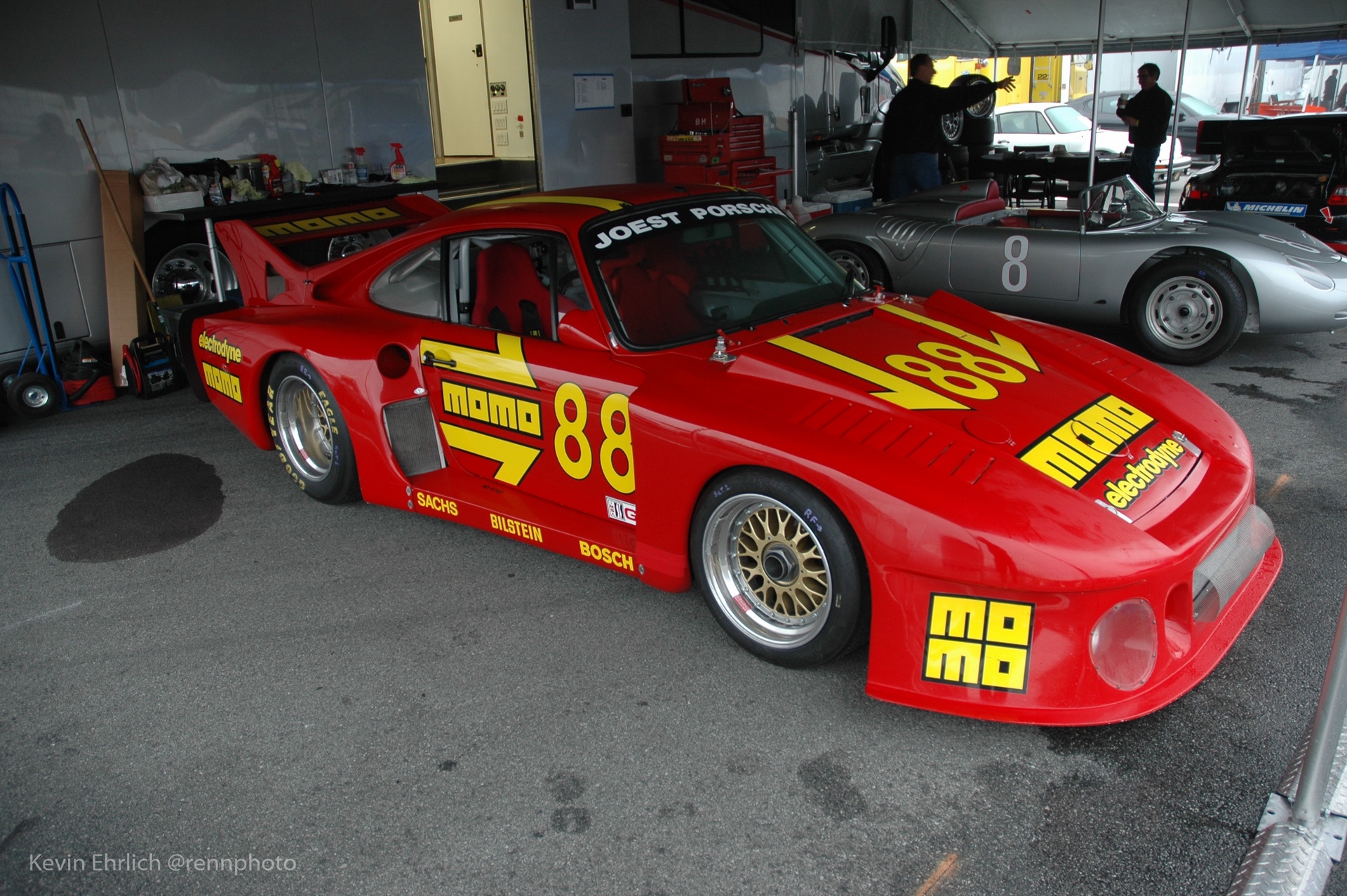
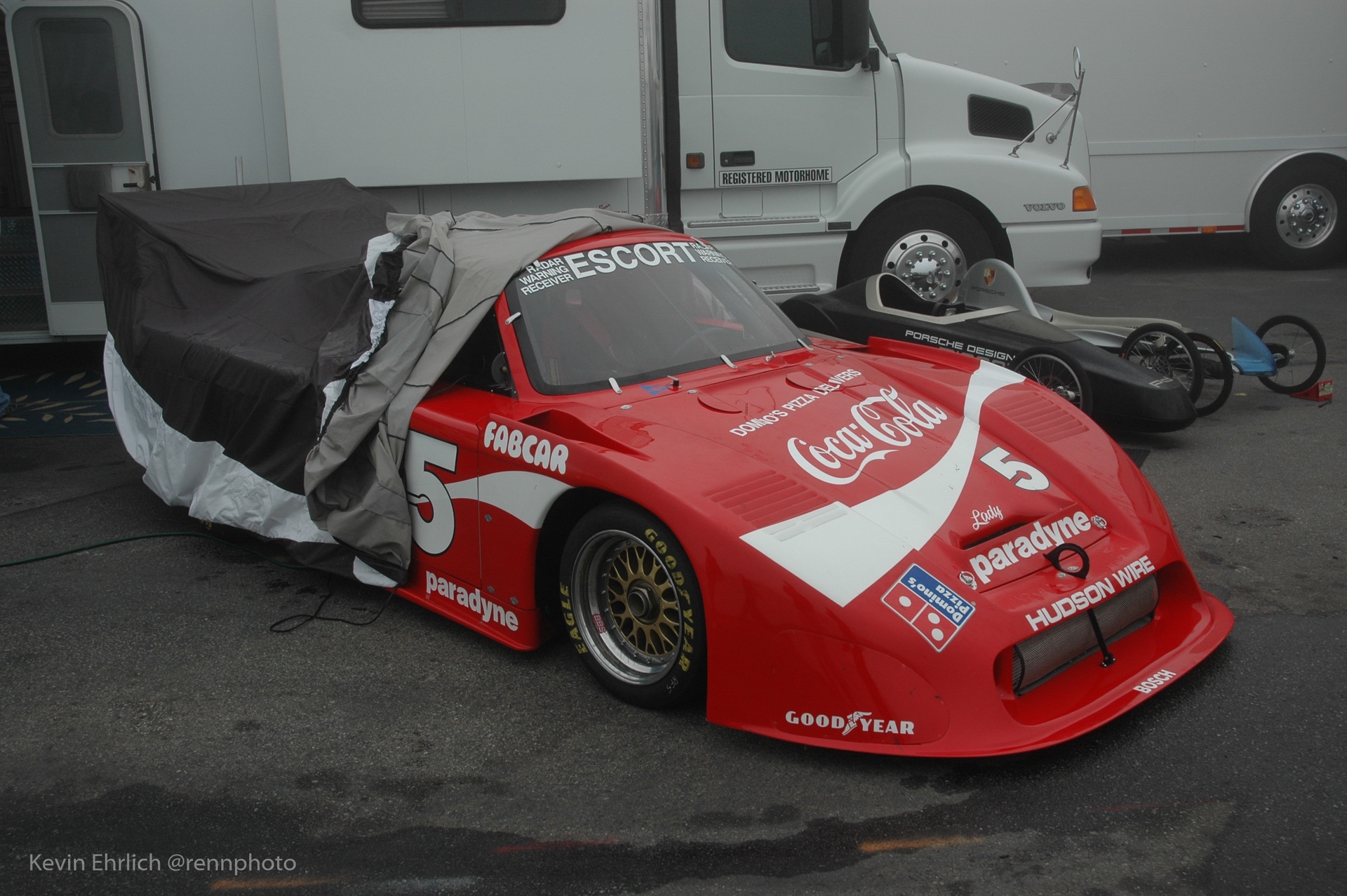
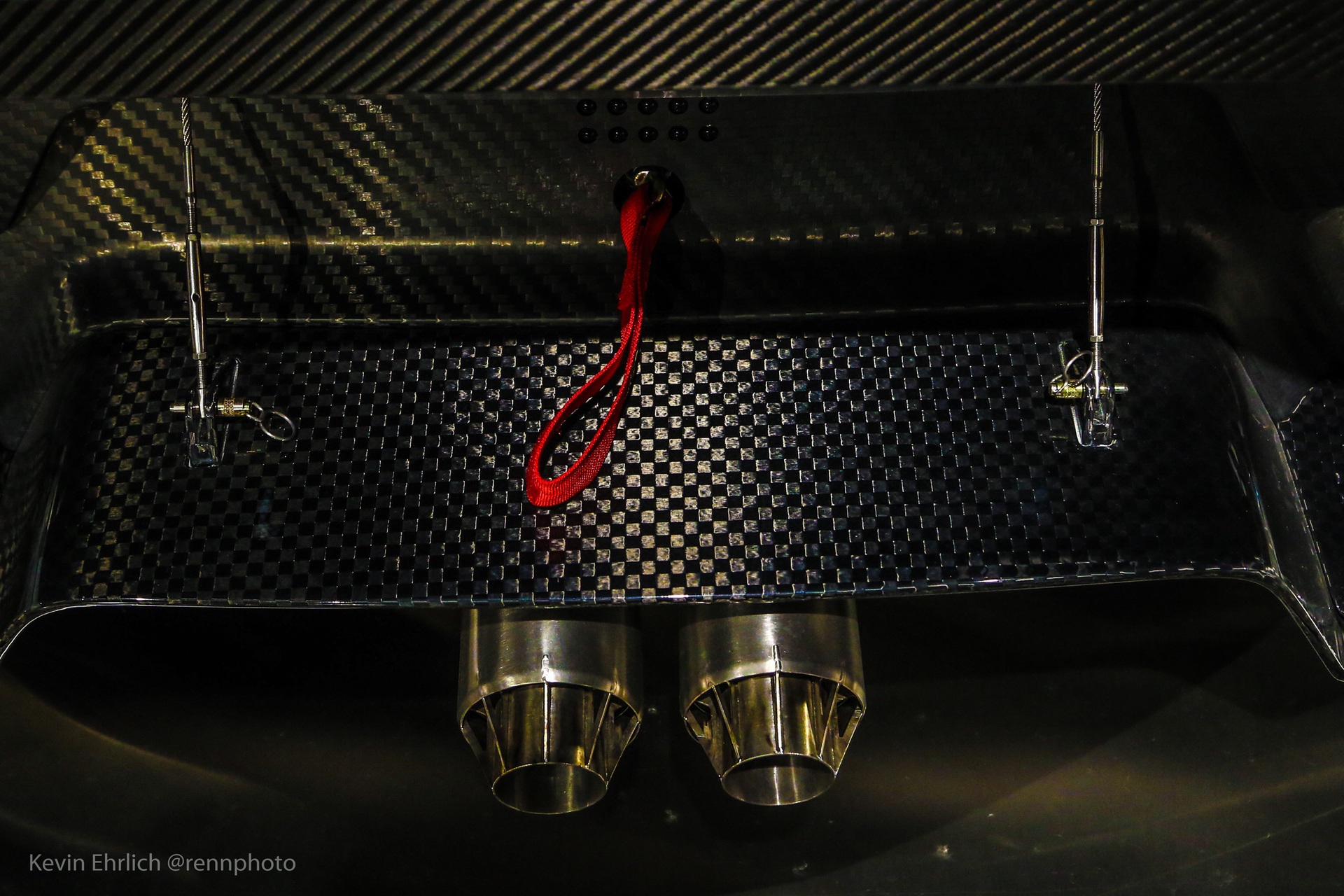
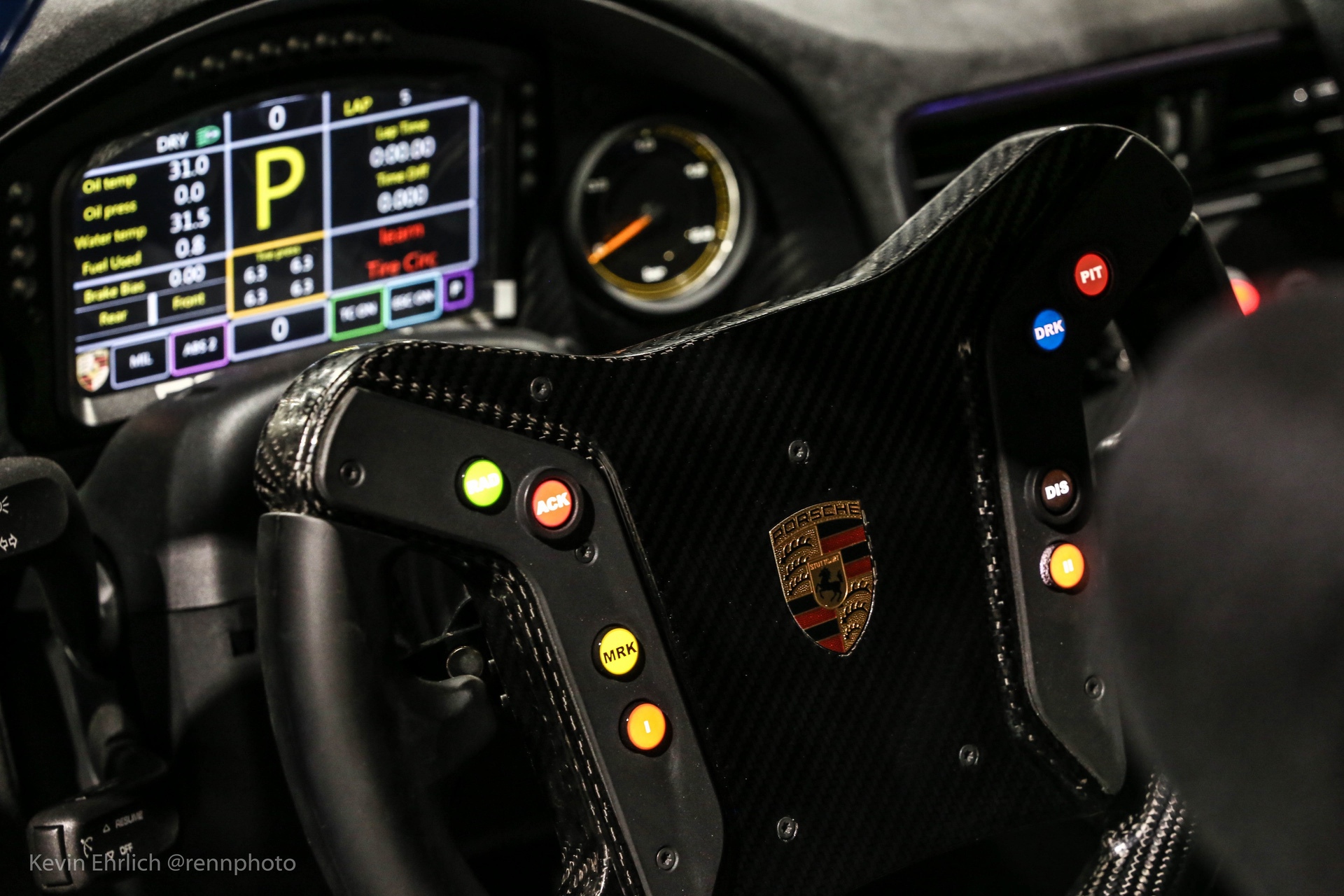
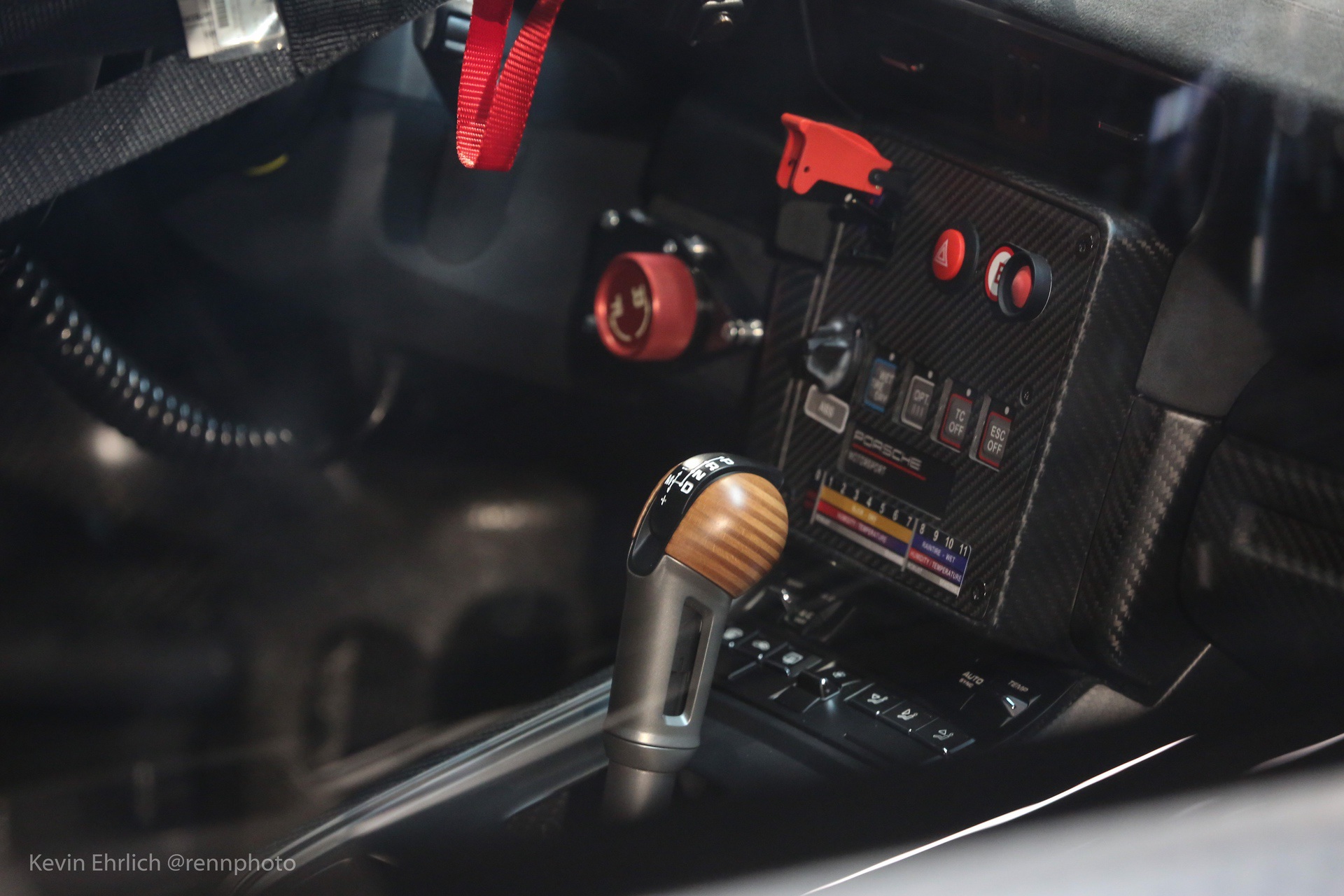
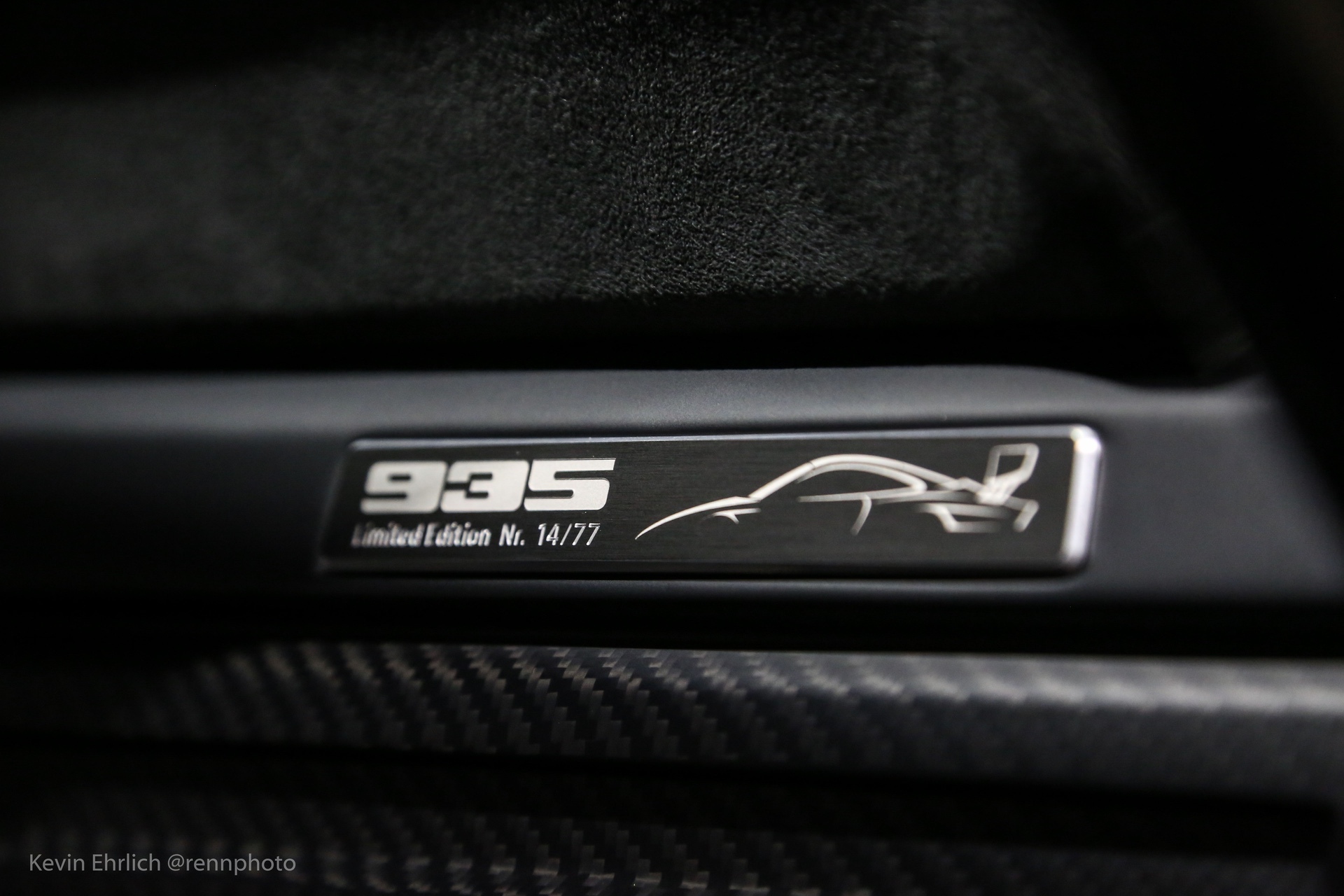
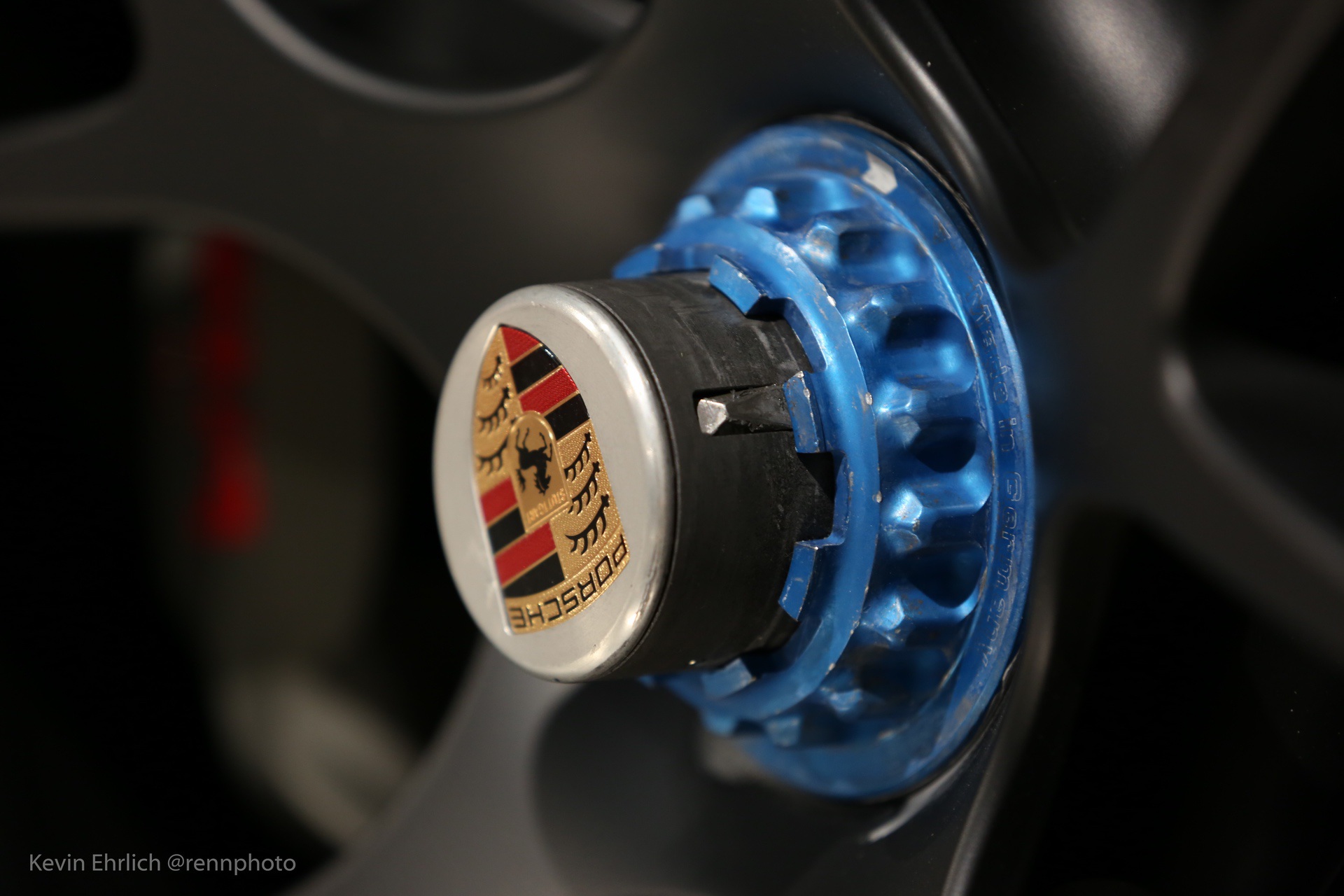
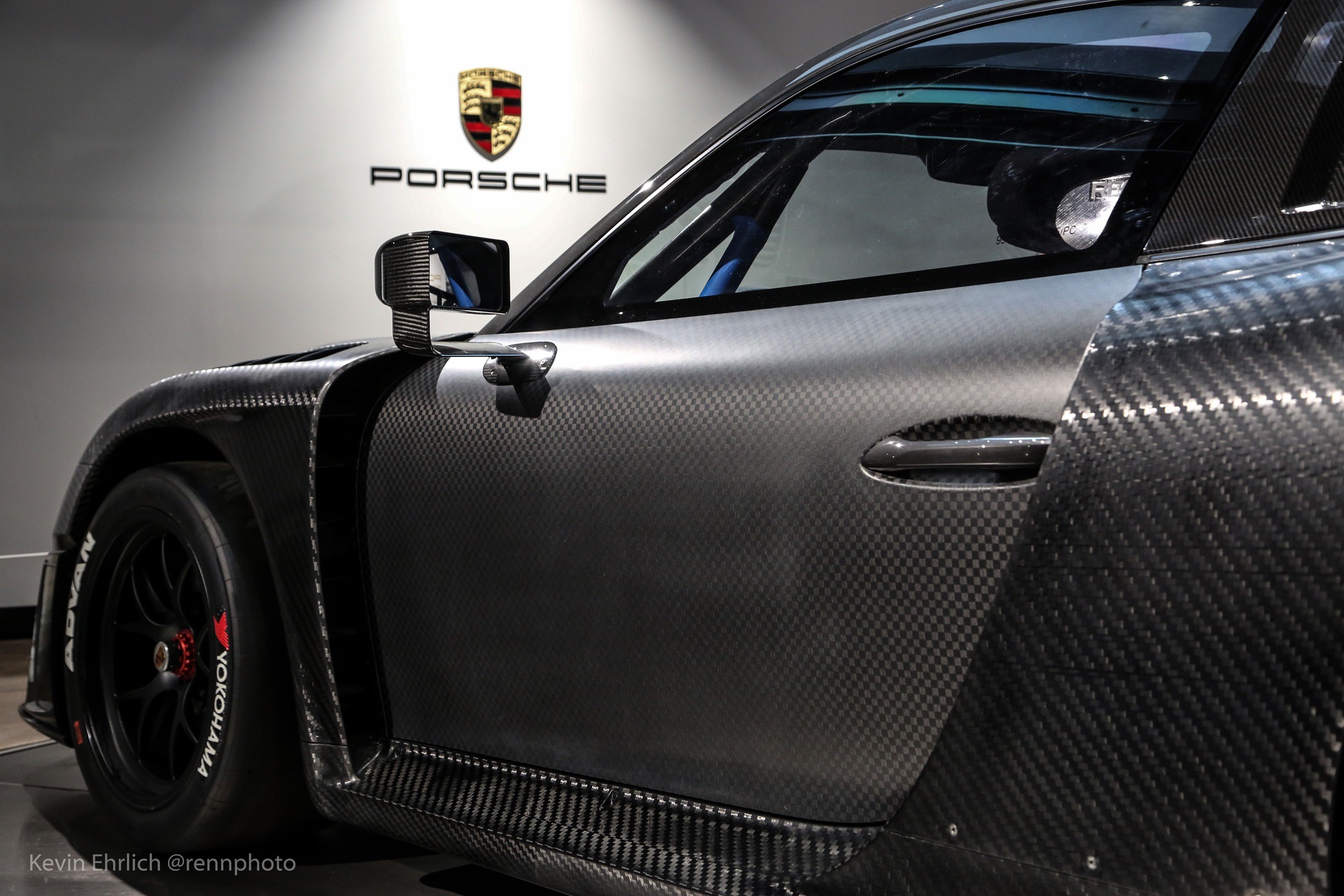
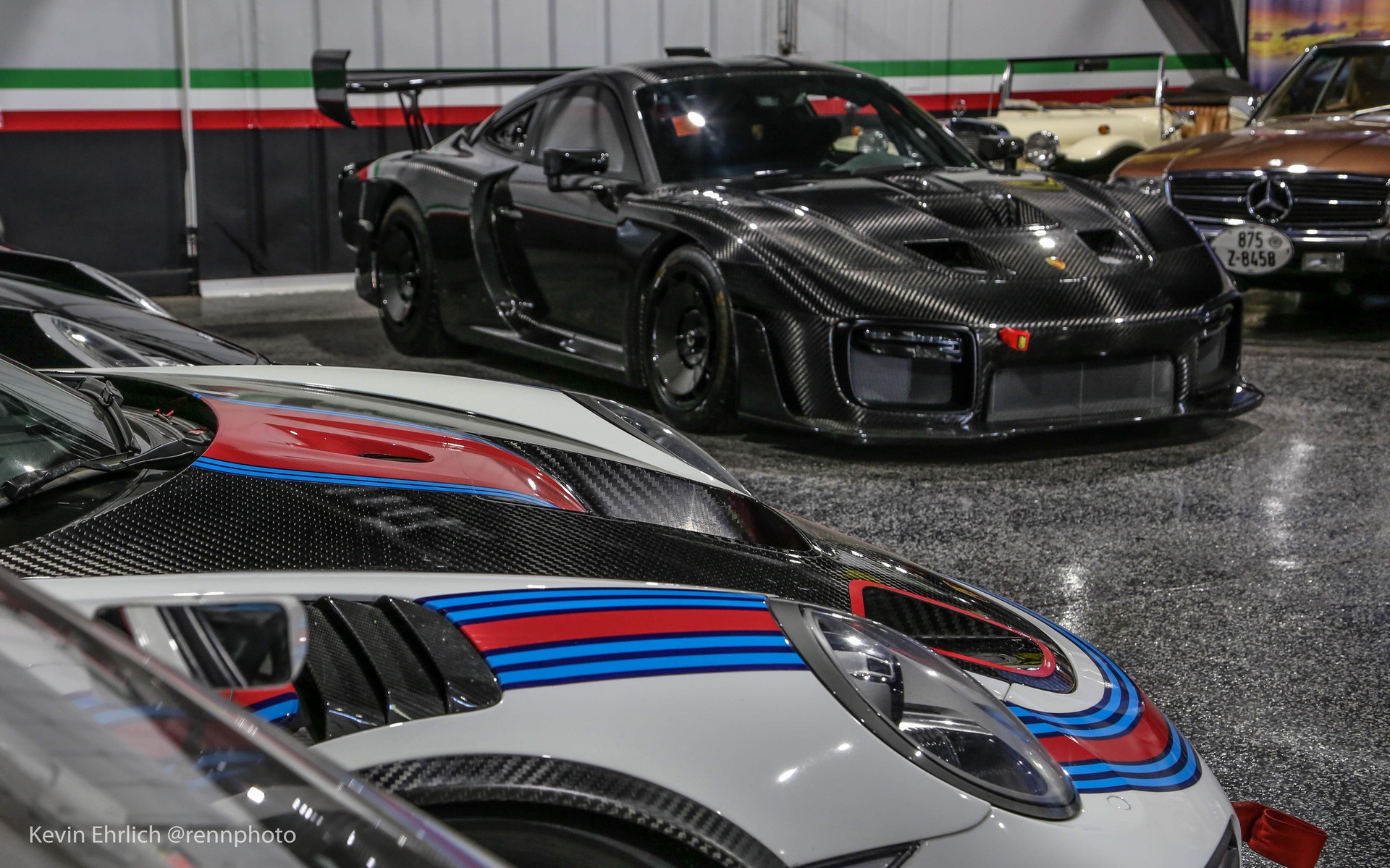
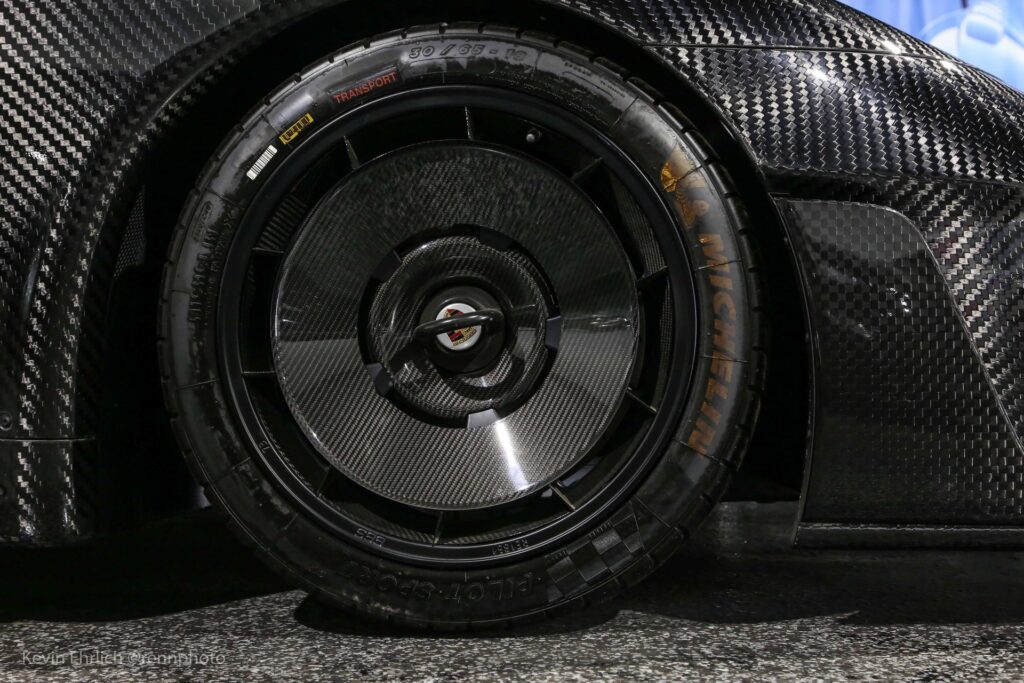
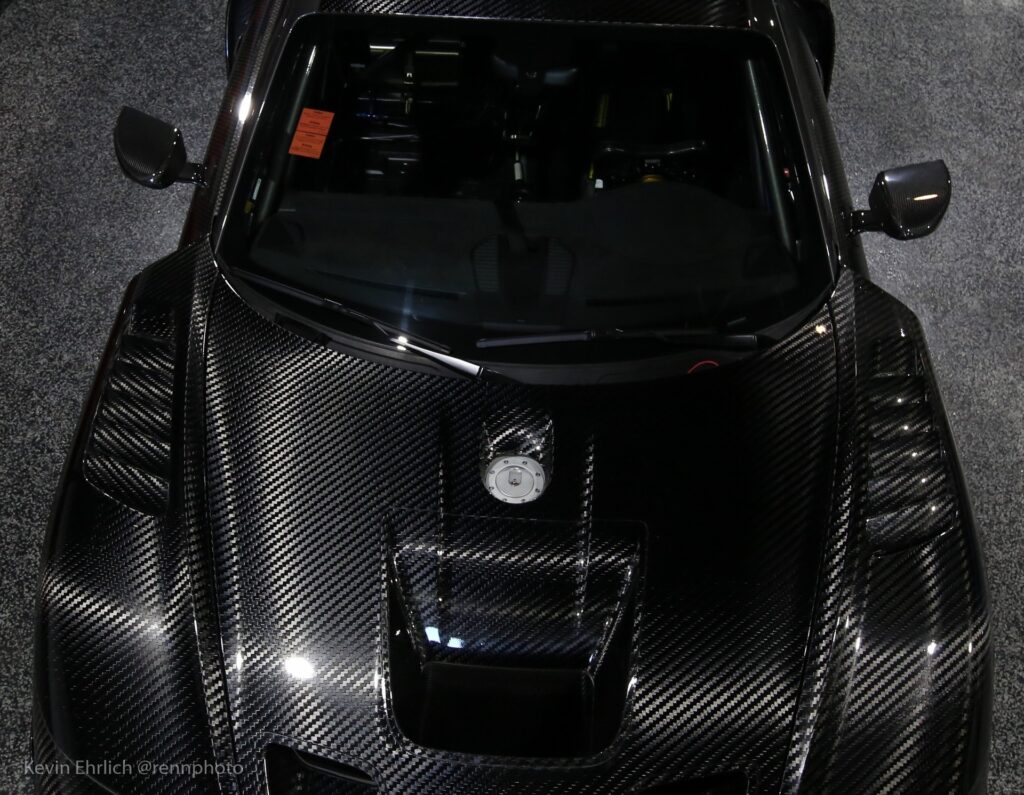
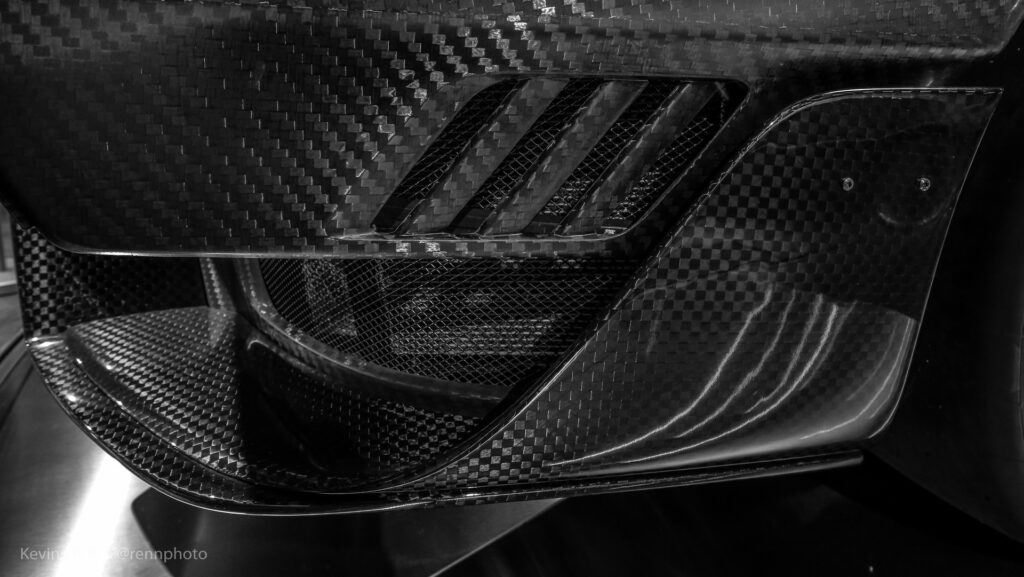
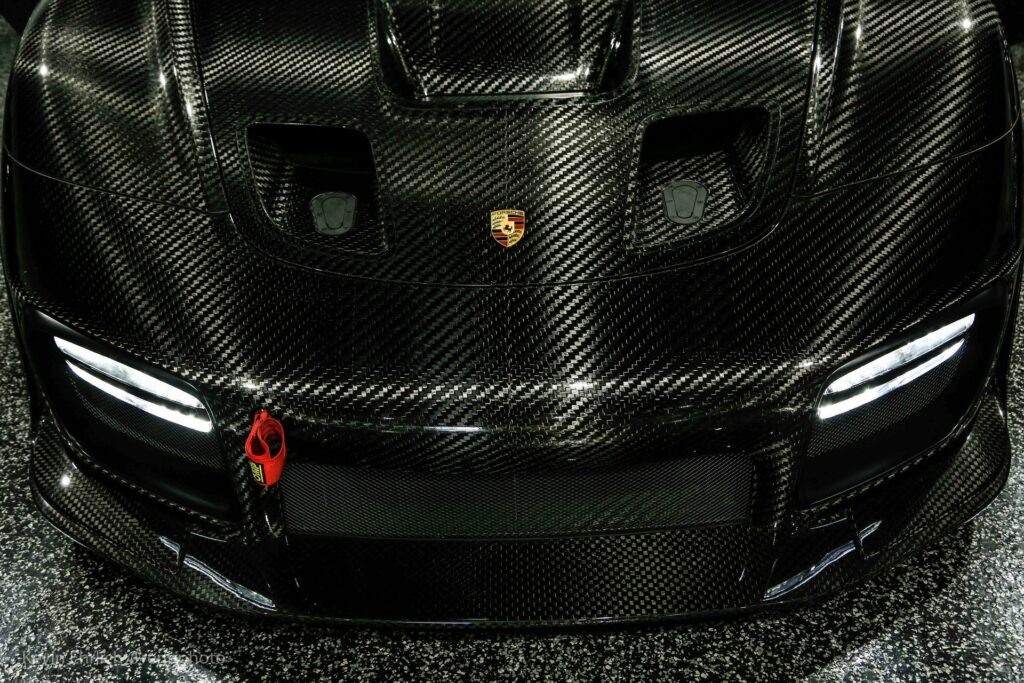
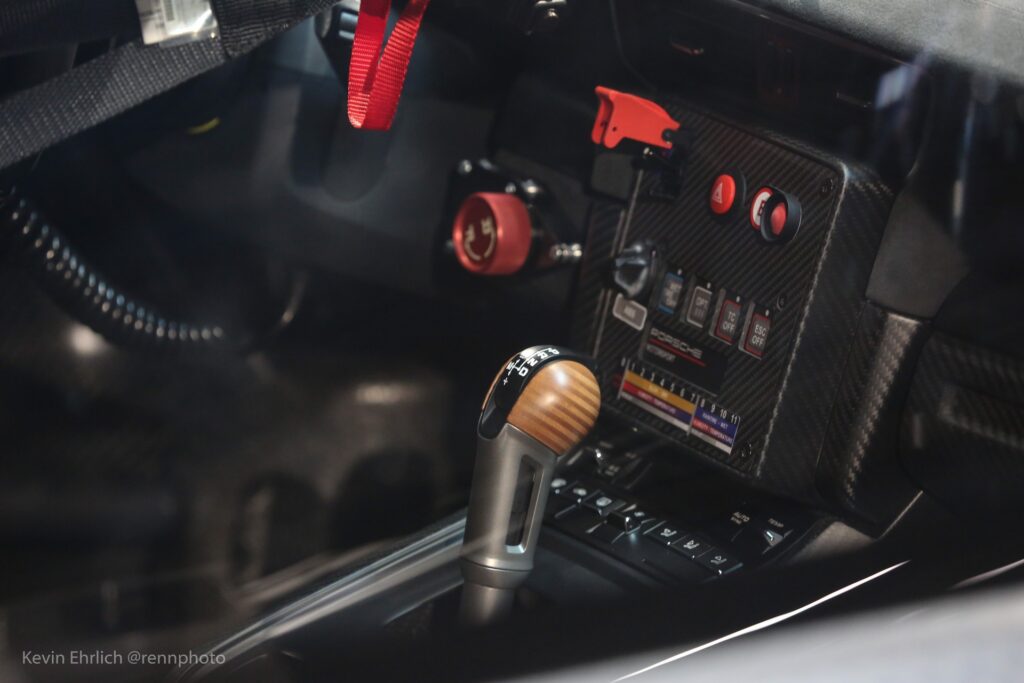
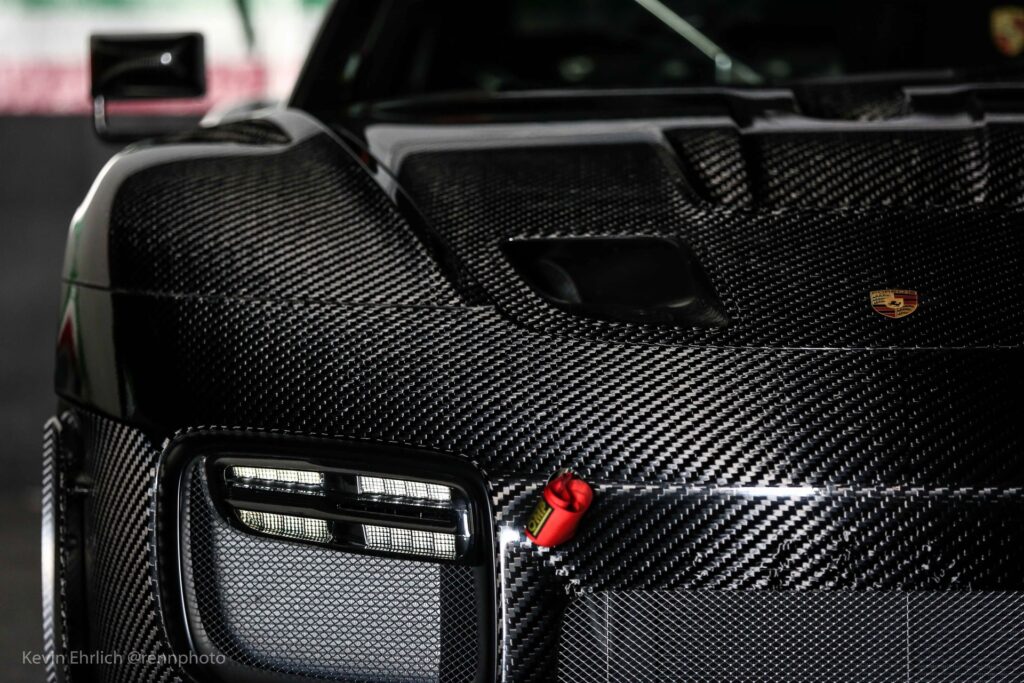
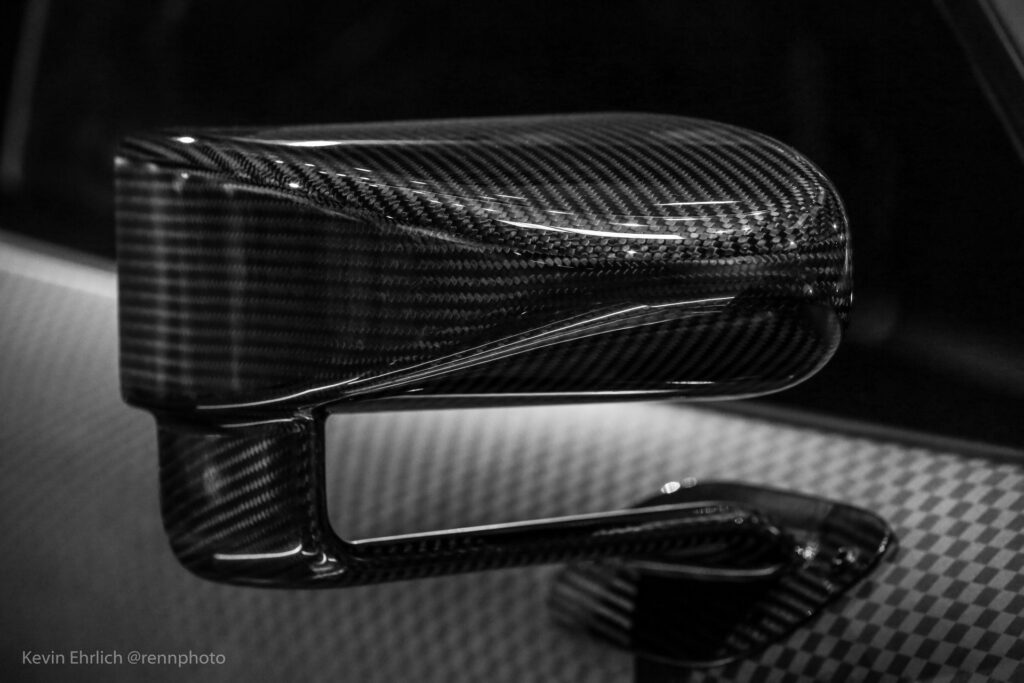
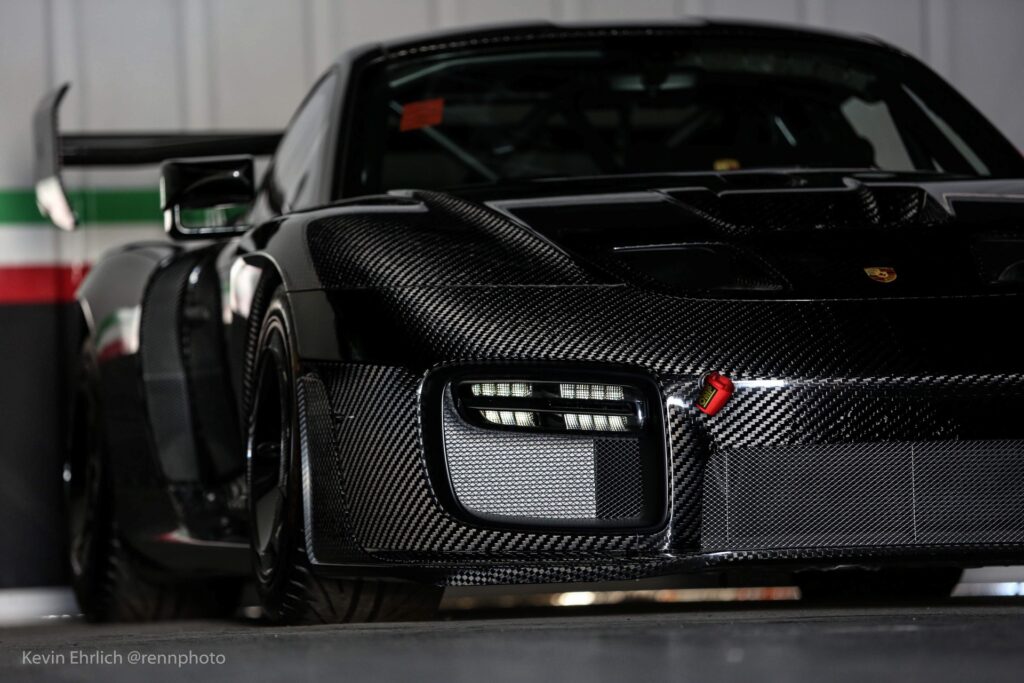
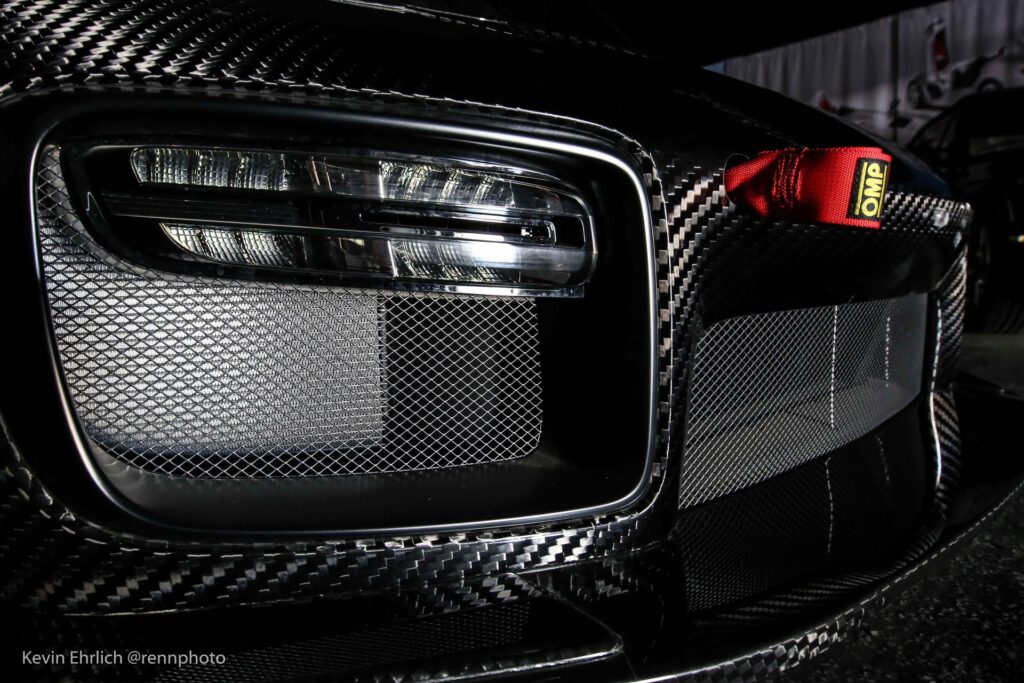

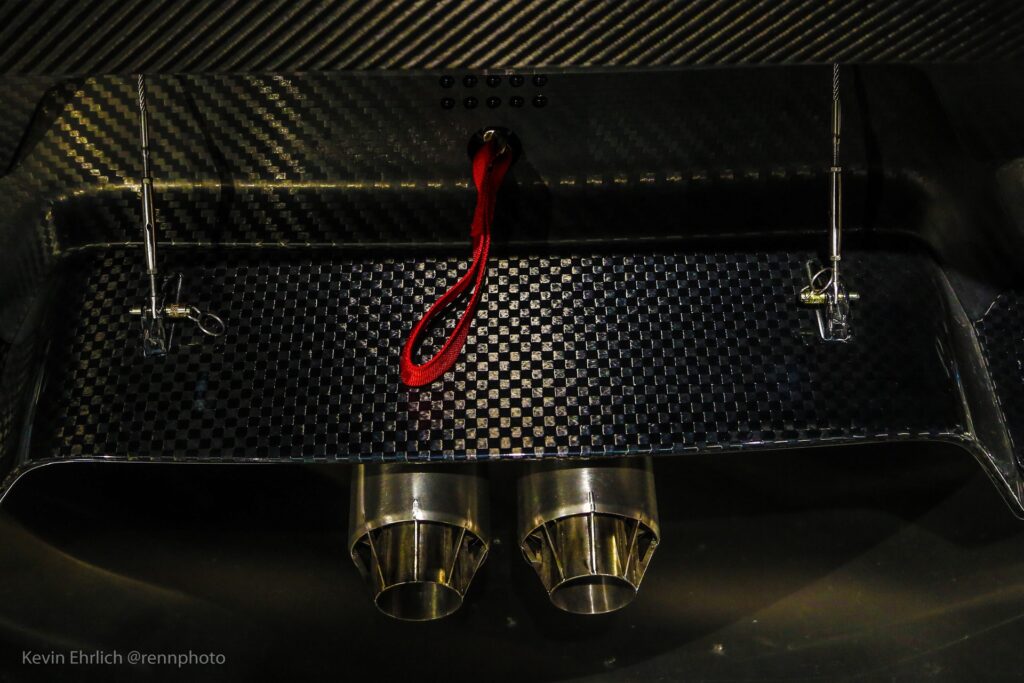
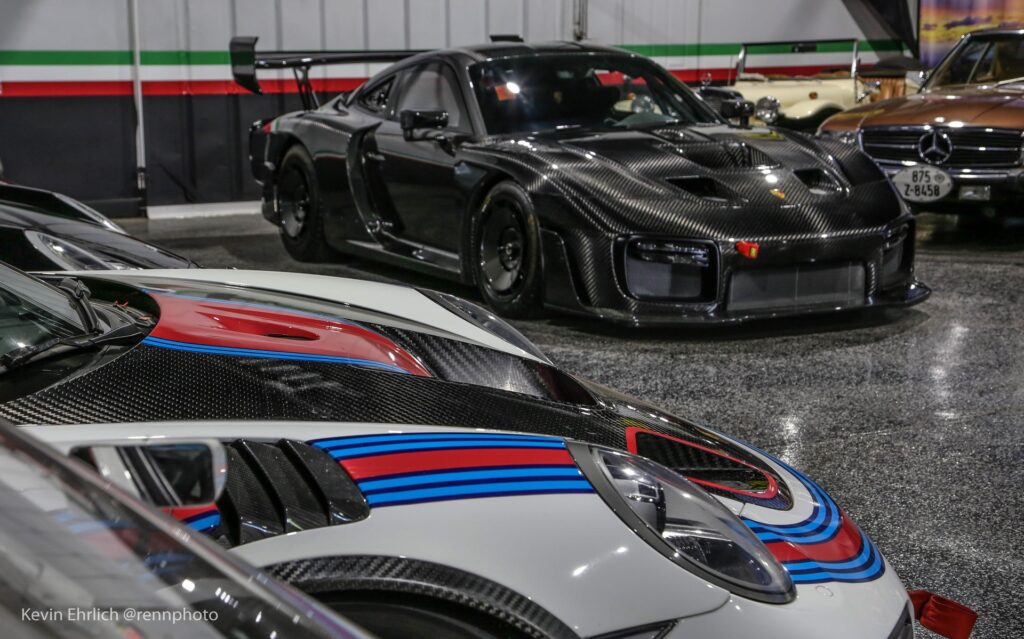
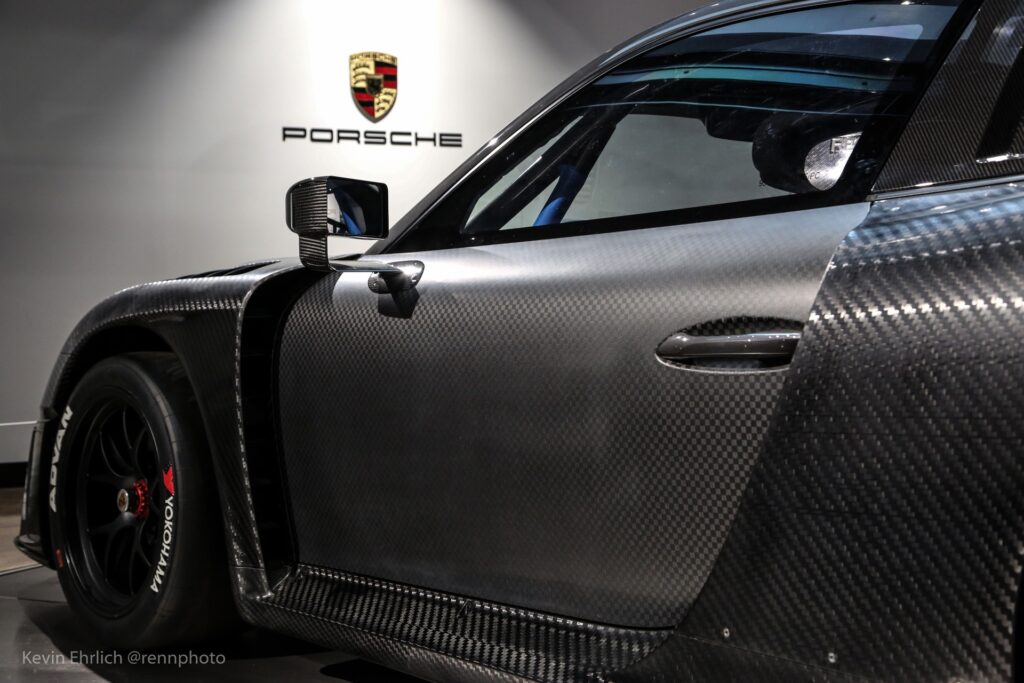
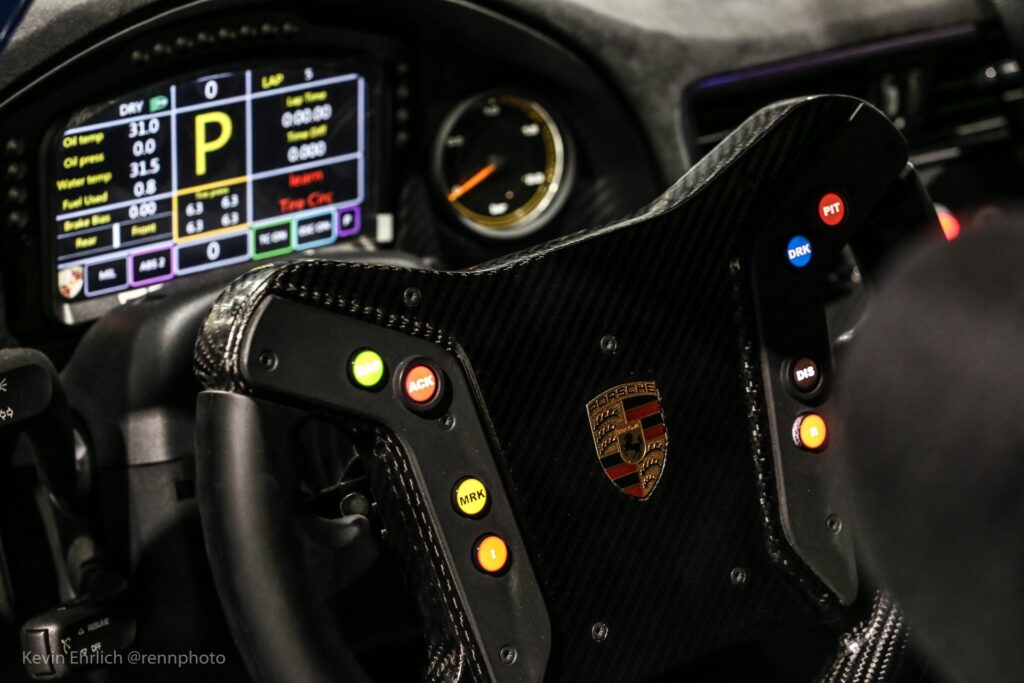
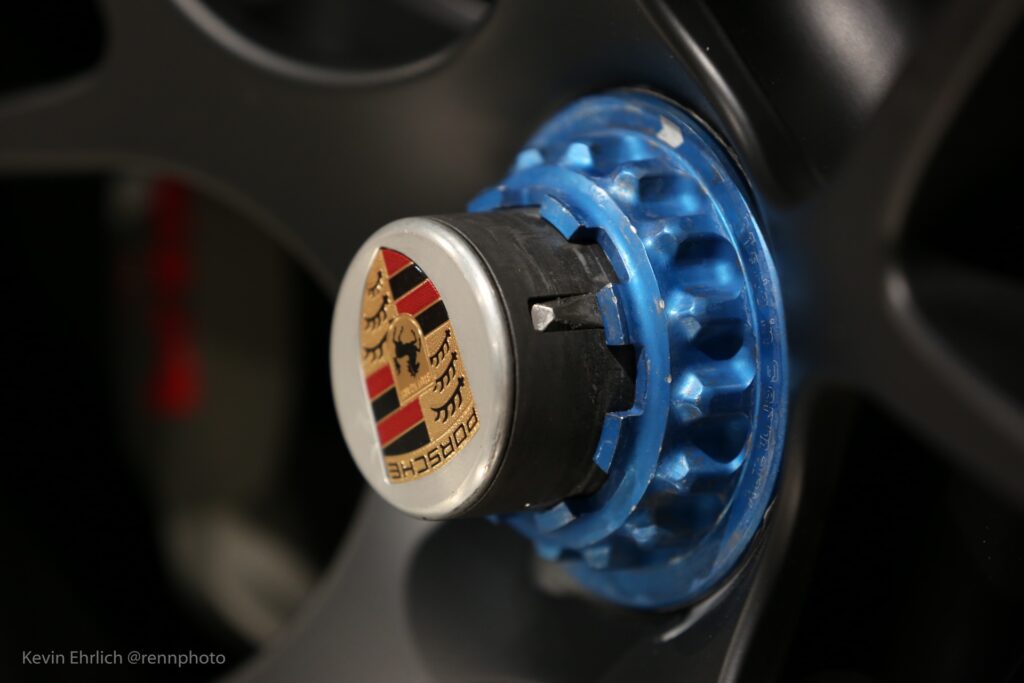
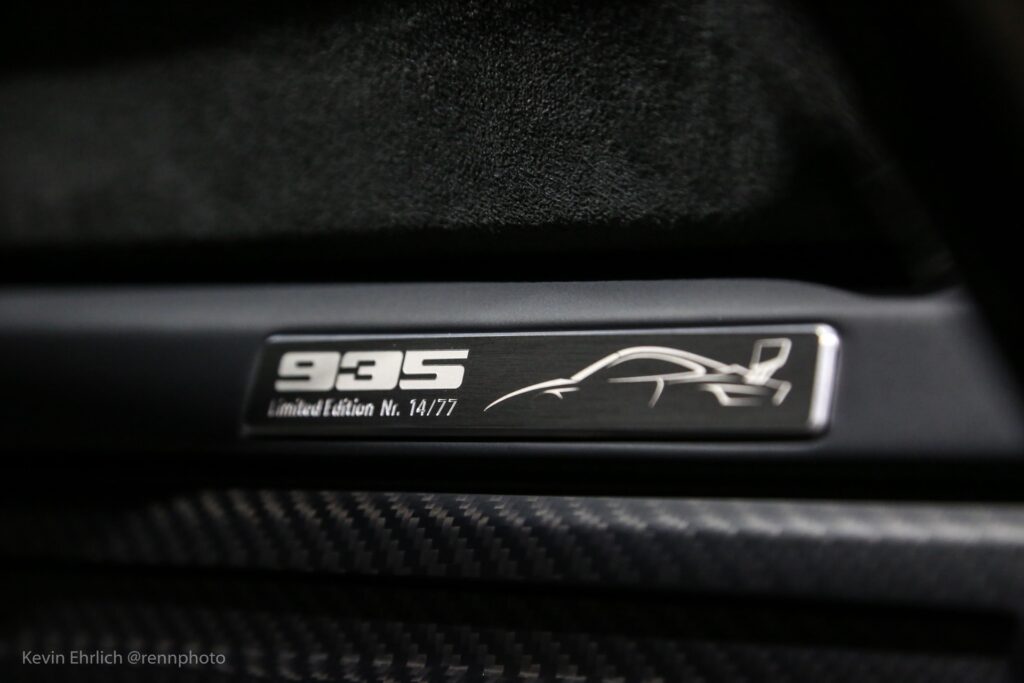










I wish I could just buy that wooden trimmed PDK shifter. Also, don’t paint that carbon fiber body, it’s beautiful!
0